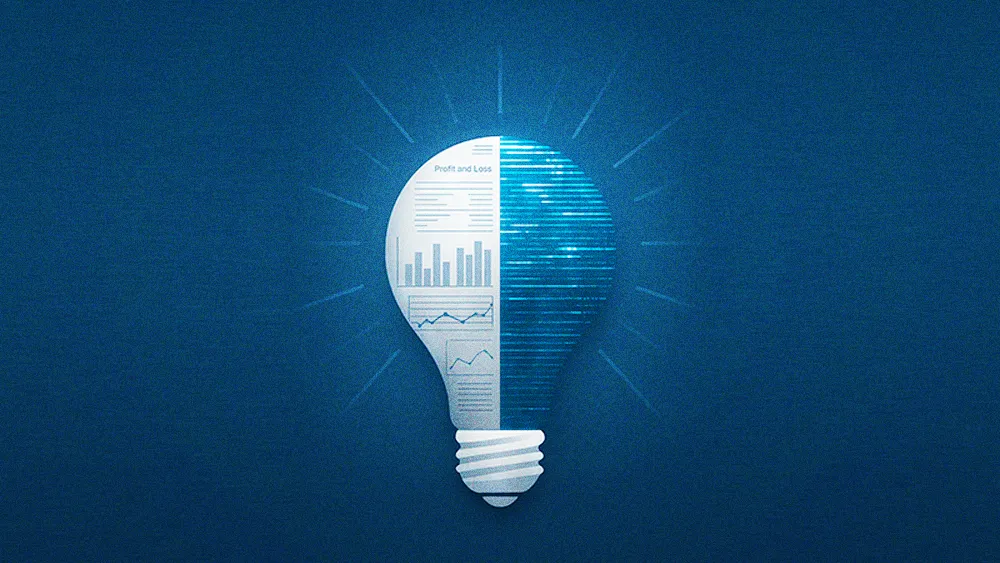
Key Points
- Many companies miss AI's full potential because they mistakenly treat the technology as a feature rather than a systemic transformation, according to Will Clevenger, an AI Business Fellow at Perplexity and Senior Director for Agentic & Generative AI at Avanade.
- Meanwhile, the AI literacy gap remains a significant barrier to realizing its transformative potential in organizations, he said.
- Clevenger talked with CIO News about aligning AI initiatives with core business objectives for meaningful impact, and the role of"digital twins" in helping individuals understand and leverage AI capabilities effectively.
Companies are chasing a technological silver bullet, attempting to bolt on AI features and tools in the hopes of achieving a quick, siloed win. But this approach is often a trap. Many enterprises mistakenly treat AI as an afterthought or a feature, rather than the deep, systemic transformation it demands. They are paying for platforms while ignoring the foundational work required for real success: aligning with core business priorities, rethinking data health, and embracing change across every process. The key to unlocking AI’s true potential lies not in the next shiny tool, but in a radical shift back to first principles.
According to Will Clevenger, a strategic leader whose work sits at the nexus of business value and AI innovation, the industry’s obsession with AI use cases is putting the cart before the horse. As the Senior Director for Agentic & Generative AI at joint Accenture-Microsoft venture Avanade, Clevenger has advised C-level stakeholders across Fortune 500 organizations in manufacturing, retail, and consumer goods. And he said the key is "not to invent some new metric for AI, but to ask, 'What am I doing from a business perspective? What are my objectives?'"
The real measure: "You already have the measures: how you’re paid, what your P&L looks like, what you tell the board you need to deliver next quarter. That is your measure. From there, the question becomes: which processes can make the biggest impact? Where can I reduce SG&A, improve the top line, or contribute the most to EBITDA?," Clevenger said.
Once a company is grounded in its fundamental business objectives, it can begin to imagine a new operating model built on what Clevenger called "agency and utility." This is where the concept of the "digital twin" moves from a personal productivity hack to a strategic enterprise asset. The vision he pitched to executives was not about simple automation, but about augmenting human capacity at scale.
The agency pitch: "What if your entire leadership team, your CFO, your COO, and your CMO, could all have a digital twin working and collaborating overnight?" he asked. "When you came back, whatever problem you pointed them at, they had all collaborated. That's the idea that makes them go, 'Oh wow, I get it. Yes.'"
The WILLIS origin: The vision is not theoretical. Clevenger put it into practice by building WILLIS, an internal agentic AI tool. "WILLIS originated from two things," Clevenger explained. "First, how do you share a set of superpowers that an individual might have with the entire organization? Then, an executive told me, 'I need more people to do what you do. Rising tides lift all boats.' Individual skills don't scale—I needed to duplicate myself. That's the reason it's called WILLIS. It's Will's digital twin."
The results are a concrete proof point for his philosophy. "The agent demonstrably removed 97% of the work I was doing prior to implementing the digital twin," he said. "Now I'm doing the work of two or three people because while I focus on one task, my other version is focused on something entirely different. I still have to be the human in the loop, but it's removing all of the other pieces."
Digital twin of the organization: Of course, scaling from an individual proof of concept to an enterprise-wide reality is another matter. To reduce risk, Clevenger urged executives to model the business before they transform it. That’s where the idea of a "digital twin of the organization" becomes indispensable. "The digital twin of the organization is going to allow people to model and prioritize and get a sense of return on what those optimized processes are before they ever have to try to go codify."

The paradox, he added, is that most organizations don’t even have their existing processes properly documented. "Eighty to ninety percent of them aren’t documented—how are you going to unwind that?" Clevenger asked. His answer: the same agentic and generative AI systems enterprises are struggling to adopt will ultimately be the tools that make the documentation, modeling, and transformation possible.
The ultimate barrier to this future is the massive AI literacy gap that exists across every level of the enterprise. Clevenger described a chasm between the technology’s transformative potential and its current, often trivial, application.
People need to actively experiment with different AI tools to see how they can accelerate their own agency—a shift that sparks the realization of what becomes possible when those capabilities scale across an organization.
Defining the gap: Clevenger asserted that people need to actively experiment with different AI tools to see how they can accelerate their own agency. "That's what will spark the realization of what becomes possible when those capabilities scale across an organization. That would make a massive difference for somebody who's trying to learn and stay relevant in the market," he reflected. "And most people are still just using Microsoft Copilot to write an email. That is the gap."
Closing that gap requires a new mindset, one that sees AI not as a source of information, but as a tool for synthesizing insight. It elevates the human role from performing rote tasks to making critical judgments. "I don't want an agent to just retrieve information," Clevenger said. "I want it to correlate patterns across everything and tell me, 'What are the things that correlate the most?' Because if everyone is talking about it, that signal might be more fire than smoke. I'm not finding information, I'm not reading it. I'm getting to the human-in-the-loop part to determine: is this gold or is it pyrite?"
.svg)

.webp)



